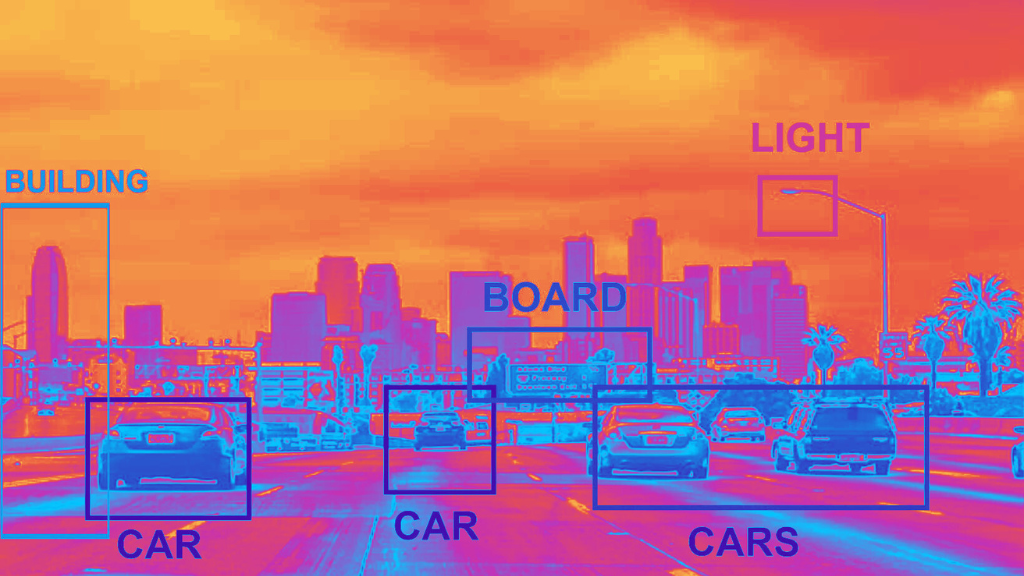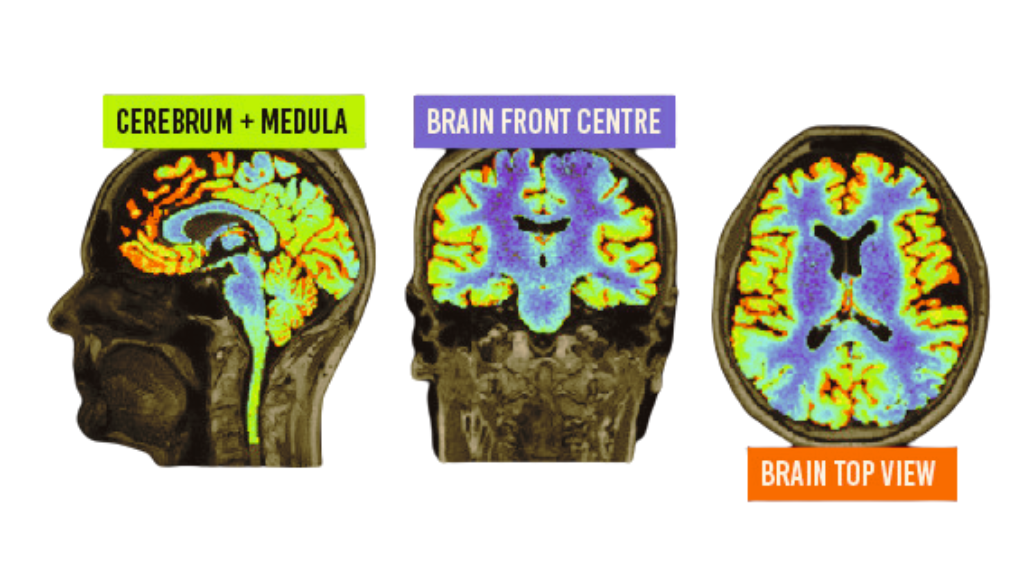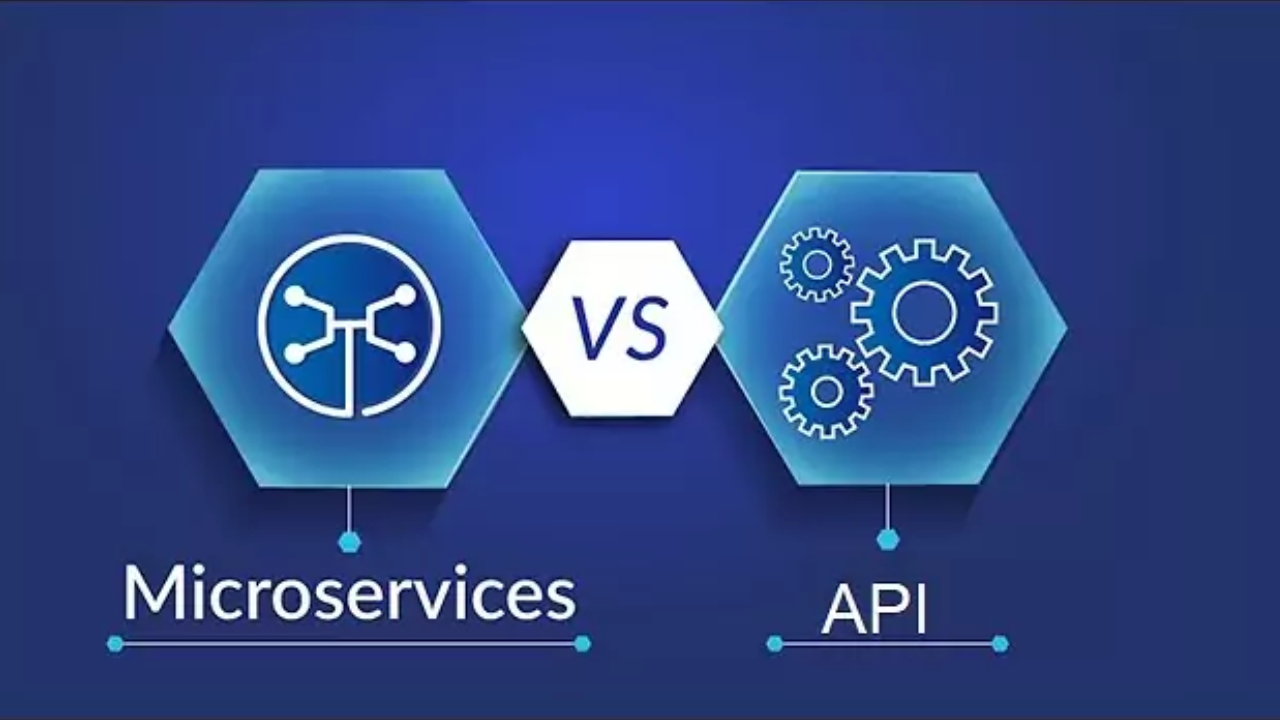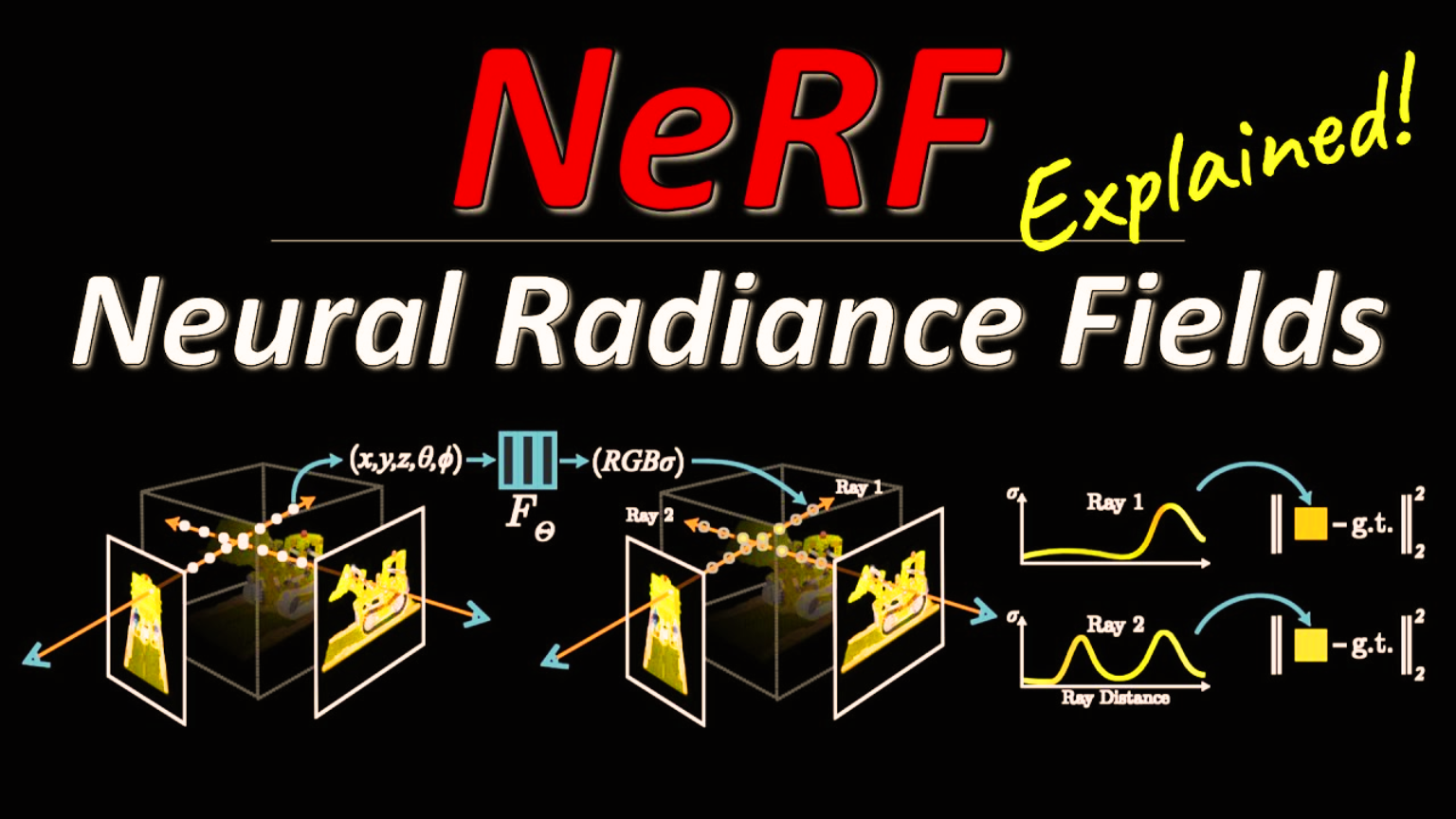Data annotation, in the context of artificial intelligence, refers to the process of labeling or tagging data. The purpose behind it is to make data discernible to machines. Machine learning models, a subset of AI, learn from the data they are fed, while data annotation acts as the crucial step that guides this learning process.

Imagine giving a book to a person who doesn’t understand the language it’s written in. The book, despite its valuable information, is useless to the reader. In a similar vein, raw data – whether it be text, images, or audio – is meaningless to AI models. They need the data to be annotated or labeled to derive patterns and learn from them. Subsequently, make accurate predictions or decisions based on the received data.
Unveiling the Link Between Artificial Intelligence and Data Annotation
The link between artificial intelligence and data annotation is that AI can be used to automate the process of data annotation. This is particularly useful in fields such as medical imaging, where large amounts of data need to be annotated in order to train machine learning models.
Automated data annotation can save time and reduce errors compared to manual annotation, and can also improve the accuracy of machine learning models. Various AI-based tools and techniques have been developed for data annotation, including natural language processing algorithms for text annotation and deep learning-based imaging segmentation for image annotation.
Supervised Vs Unsupervised Machine Learning
Exploring Data Annotation Examples
There are many examples of data annotation, including:
1. Image annotation: This involves adding metadata to images, such as identifying objects or regions of interest within the image, labeling images with descriptive tags, or adding bounding boxes around objects.
2. Text annotation: This involves adding metadata to text data, such as identifying named entities (e.g. people, places, organizations), tagging text with descriptive labels, or adding sentiment scores to text.
3. Audio annotation: This involves adding metadata to audio data, such as identifying speech or music segments within the audio, labeling audio with descriptive tags, or adding timestamps to audio segments.
4. Video annotation: This involves adding metadata to video data, such as identifying objects or regions of interest within the video, labeling video with descriptive tags, or adding timestamps to video segments.
5. Sensor data annotation: This involves adding metadata to sensor data, such as identifying patterns or anomalies within the data, labeling data with descriptive tags, or adding timestamps to data segments.
Delving into Data Annotation Tools
Several tools facilitate data annotation, including open-source options like LabelImg for image annotation and Doccano for text annotation. Commercial tools like Labelbox, Dataturks, and others provide additional features. Examples of these features are collaborative annotation, progress tracking, and quality control.
Best Image Classification Models: A Comprehensive Comparison


















